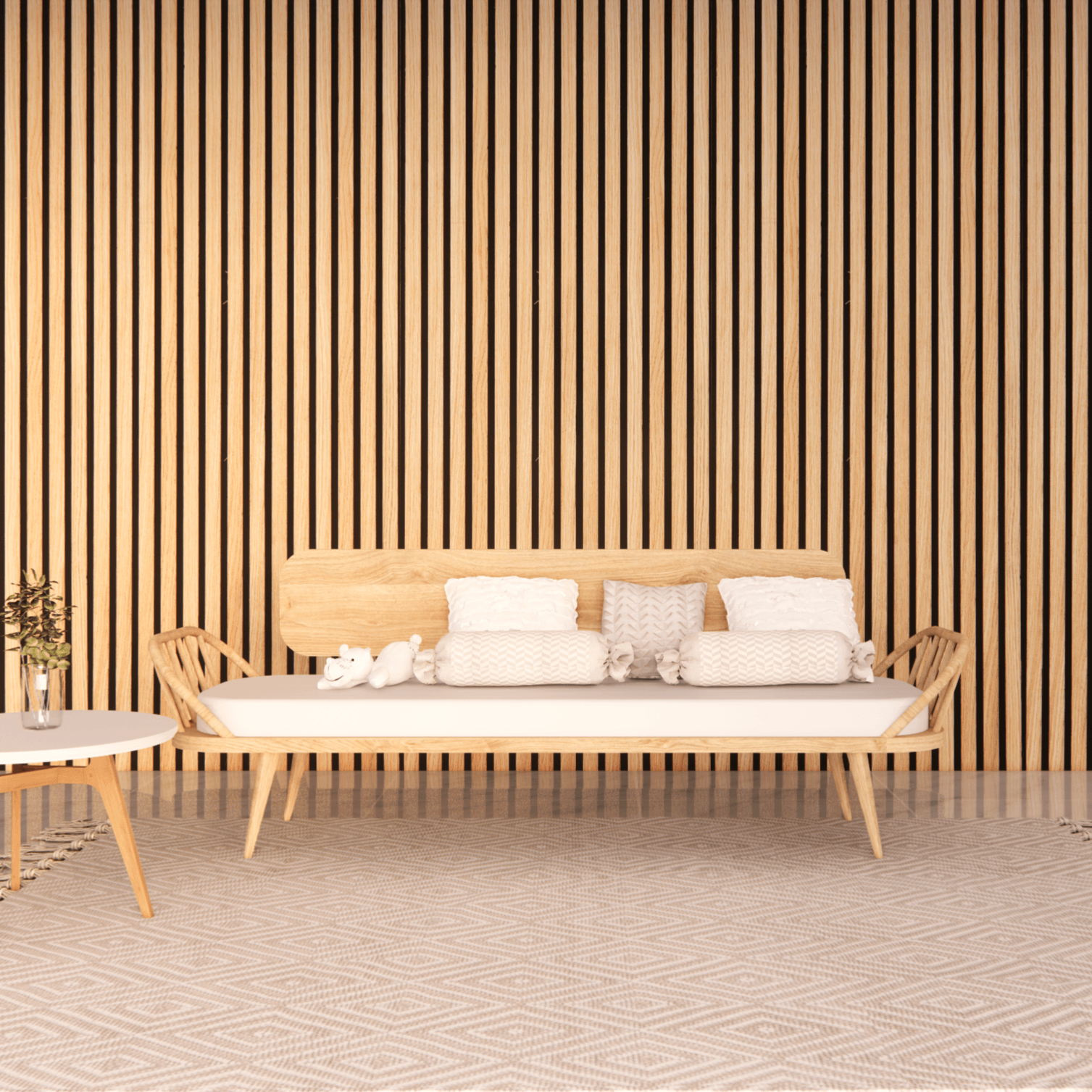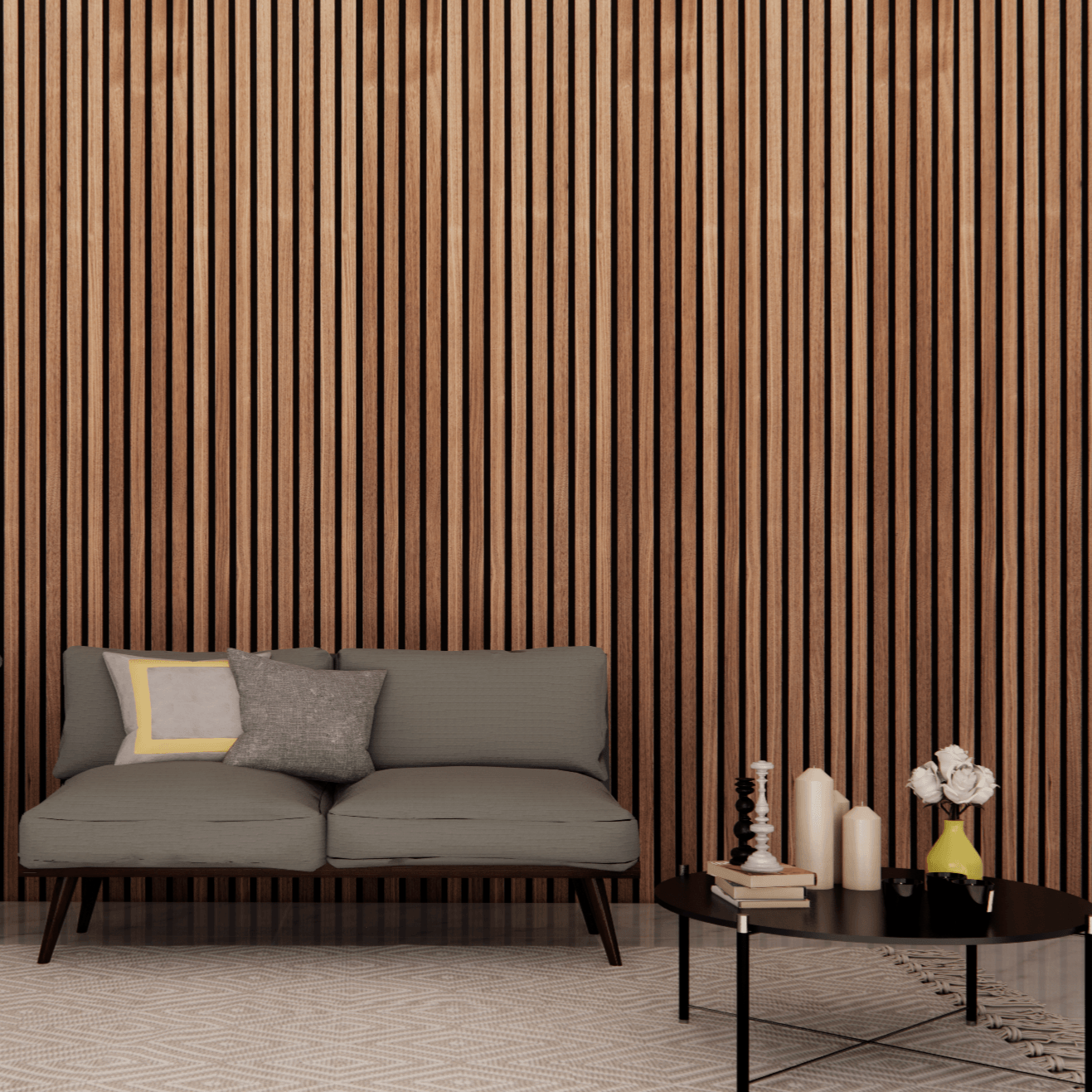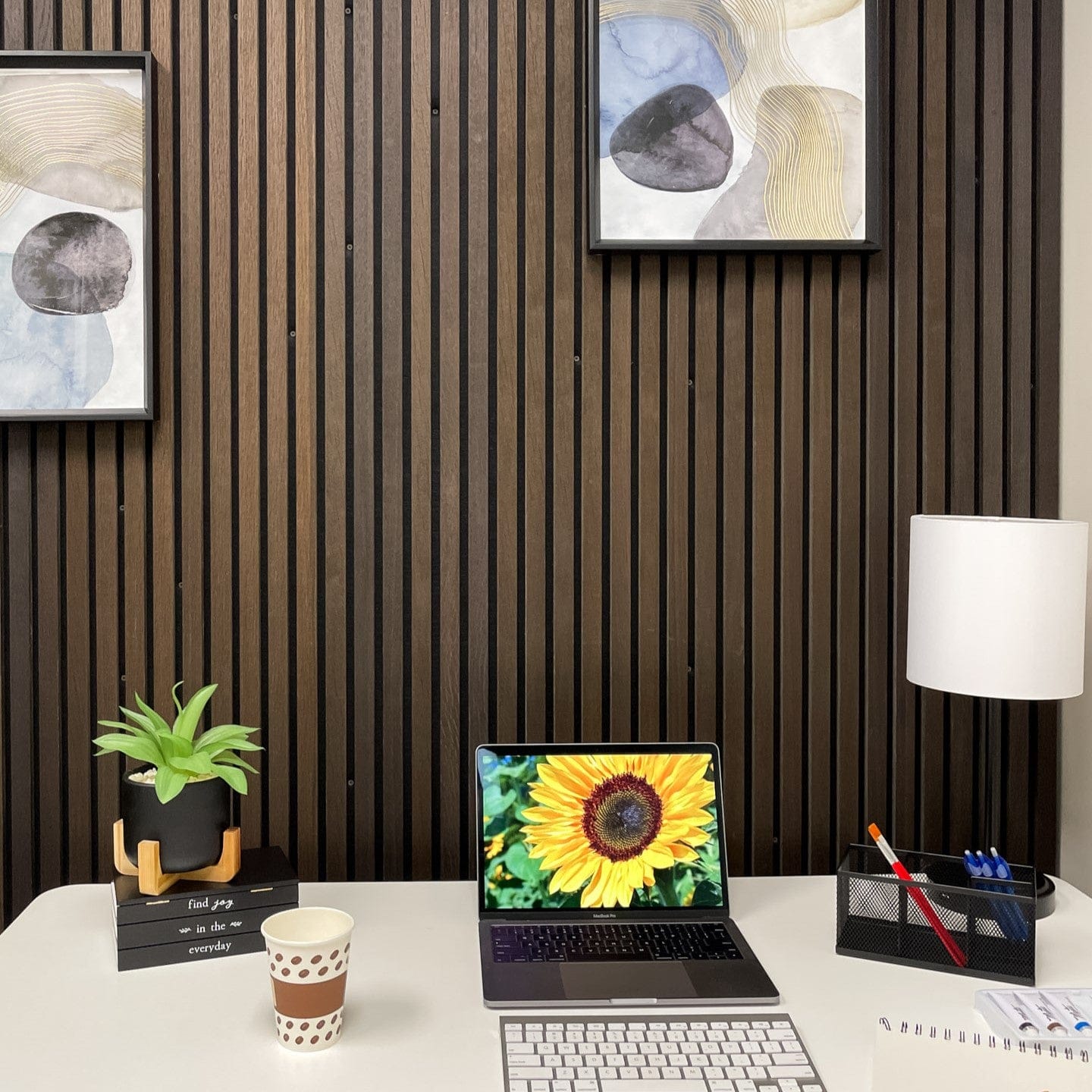Acoustics is the study of sound waves and how they interact with the environment.
Understanding acoustics when designing a room is vital since how sound behaves in enclosed spaces affects our experience. Room acoustics focus on how sound is reflected, absorbed, and diffused in homes, offices, and concert halls.
Good room acoustics are essential for clear communication, enjoying music and movies, and relaxing in a peaceful environment.
In this blog post, let's talk about the right combination of these elements to create a harmonious sonic environment that enhances your overall experience at home.
How room acoustics affect sound quality
Acoustics affect sound quality, including speech intelligibility, music and entertainment, and noise control.
Speech intelligibility
Room acoustics play a crucial role in clear and understandable communication. Here are some tips for improving speech intelligibility in different areas of your home:
- Living room. Use soft materials like carpets, curtains, and cushions to absorb sound and reduce echo.
- Home office. Position your desk away from walls and windows to minimize reflections and improve clarity.
- Conference room. Use sound-absorbing materials like acoustic panels to reduce noise and enhance speech clarity.
Music and entertainment
Room acoustics can help achieve high-quality music and entertainment experiences. Here are some tips for optimizing room acoustics for music and media reproduction:
- Speaker placement. Position speakers at the right height and distance to create the best listening experience.
- Subwoofers. Position subwoofers in corners to maximize the room's natural bass resonance.
- Acoustic treatments. Use acoustic panels or diffusers to reduce room resonance and improve sound clarity.
It's also important to consider the layout and arrangement of the room to achieve the best acoustics for music and entertainment.
Noise Control
External noise sources can also affect your home's acoustic environment.
Here are some soundproofing techniques to create a peaceful and quiet living space:
- Soundproofing materials. Use materials like mass-loaded vinyl, acoustic foam, and sound-blocking curtains to reduce external noise.
- Sealing gaps and cracks. Seal gaps around windows and doors to prevent noise from entering your home.
- Double-glazed windows. Install double-glazed windows for better noise insulation.
Addressing external noise sources can create a more peaceful and comfortable living space.
Designing with room acoustics in mind
Designing a room with acoustics in mind is essential for achieving clear communication, high-quality music and entertainment experiences, and a peaceful living space.
Furniture and Arrangement
Furniture plays an essential role in sound absorption and diffusion. Here are some arrangement tips for optimal acoustics:
- Fill the room. Empty rooms create echo; make sure to fill the space with furniture, carpets, and curtains to absorb sound waves.
- Use bookshelves. Bookshelves filled with books are a great way to absorb sound and reduce echo.
- Create a listening area. Position furniture and speakers in a way that creates a comfortable listening area.
- Avoid parallel surfaces. Position furniture to avoid parallel surfaces, which can cause sound waves to bounce back and forth and create an echo.
You can create a comfortable listening environment by arranging furniture with acoustics in mind.
Architectural considerations
Architectural design features can significantly impact a room's acoustics, making it essential to consider acoustics during the building or renovation process.
Here are some architectural considerations to improve room acoustics:
- Ceiling height. Higher ceilings can help create better sound diffusion, reducing echo and improving good quality.
- Room shape. Irregularly shaped rooms can help break up sound waves, reducing echo and creating a more pleasant acoustic environment.
- Wall materials. Different wall materials can absorb or reflect sound differently, affecting sound quality. Consider using sound-absorbing materials like acoustic panels.
- Wall thickness. Thicker walls help reduce noise from outside, creating a more peaceful living space.
By working with architects and designers to integrate acoustics into the home's blueprint, you can achieve optimal room acoustics and create a comfortable living space.
Personalization and aesthetics
When designing a room with acoustics in mind, it's important to balance functionality with your interior design preferences.
Fortunately, there are creative ways to incorporate acoustic treatments that blend seamlessly with your home's decor.
Here are some ideas:
- Acoustic panels as art. Acoustic panels come in various colors, shapes, and designs, making them a versatile addition to any room. Consider choosing panels that double as artwork, like Posh Wood panels.
- Fabric-covered panels. If you prefer a softer look, consider using fabric-covered acoustic panels. These panels come in various finishes, allowing you to match them to your furniture and decor.
- Acoustic curtains. If you're looking for a subtle way to improve room acoustics, consider using sound-absorbing curtains. These curtains look like regular curtains but have an acoustic core that absorbs sound waves.
You can achieve optimal room acoustics without sacrificing style by incorporating acoustic treatments that match your decor.
Professional assistance and DIY solutions
Professional and DIY solutions are available if you need help achieving optimal room acoustics.
Acoustic experts can help you optimize your room acoustics by thoroughly analyzing your space and providing customized solutions. If you're experiencing issues in your room's acoustics that you can't remedy on your own or want to achieve the best sound quality, it may be worth consulting an acoustic expert.
If you're on a budget or prefer a DIY approach, there are several tips and tricks for improving room acoustics. Some DIY projects for sound absorption, diffusion, and isolation include:
- Building your own acoustic panels
- Creating a DIY diffuser using cardboard boxes
- Hanging heavy curtains or blankets on walls
- Placing bookshelves or other furniture in strategic locations
You can improve your room acoustics using a DIY approach without breaking the bank.
Improve your room's acoustics with Posh Wood
Posh Wood panels are a stylish and practical way to improve room acoustics.
With various finishes, these panels can be customized to match any decor. Plus, they're made from eco-friendly materials and are easy to install.
Understanding room acoustics is essential for clear communication, high-quality music and entertainment experiences, and a peaceful living space.
Following the tips outlined in this post and considering professional or DIY solutions, you can create a harmonious sonic environment in your home.







